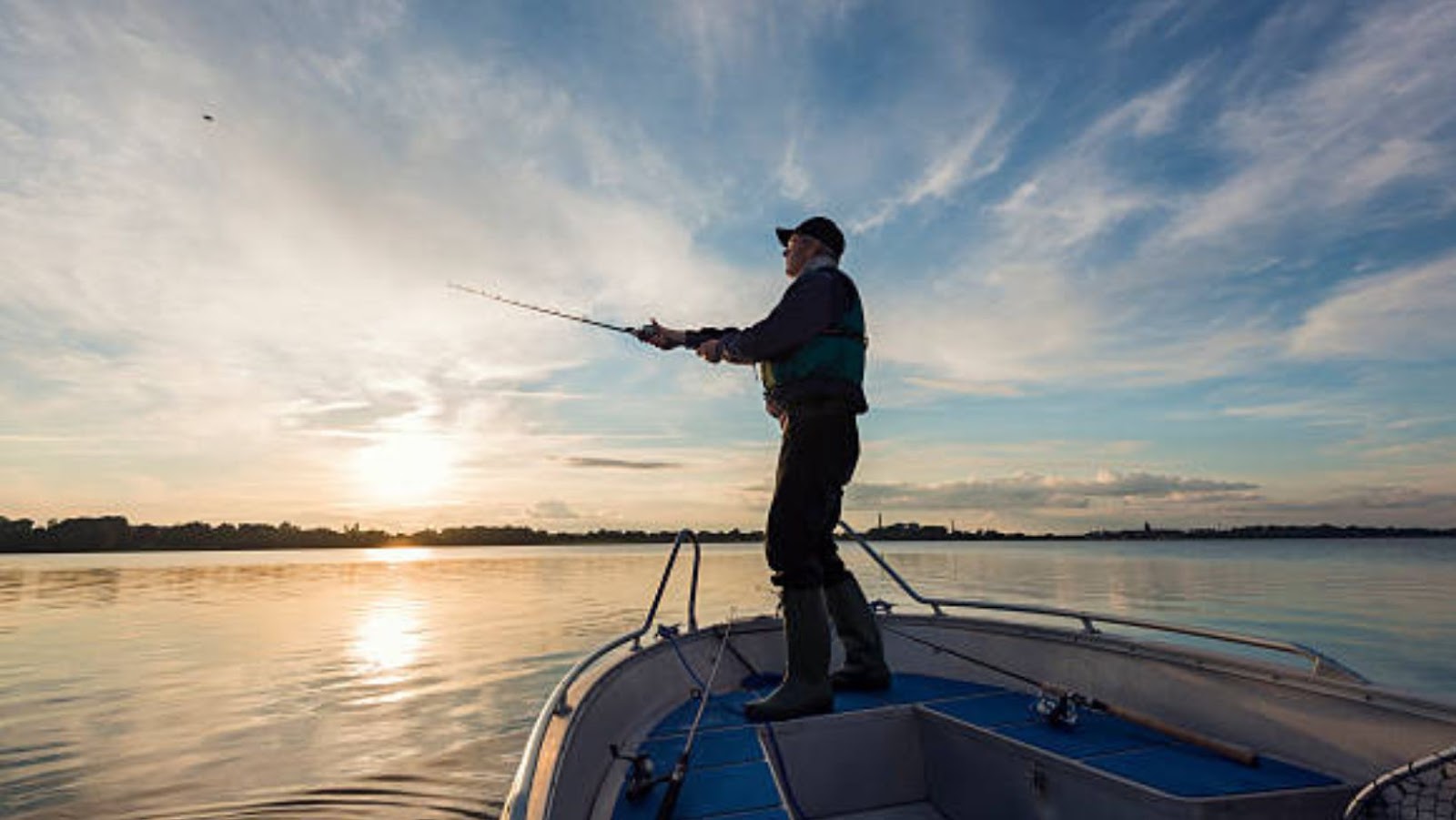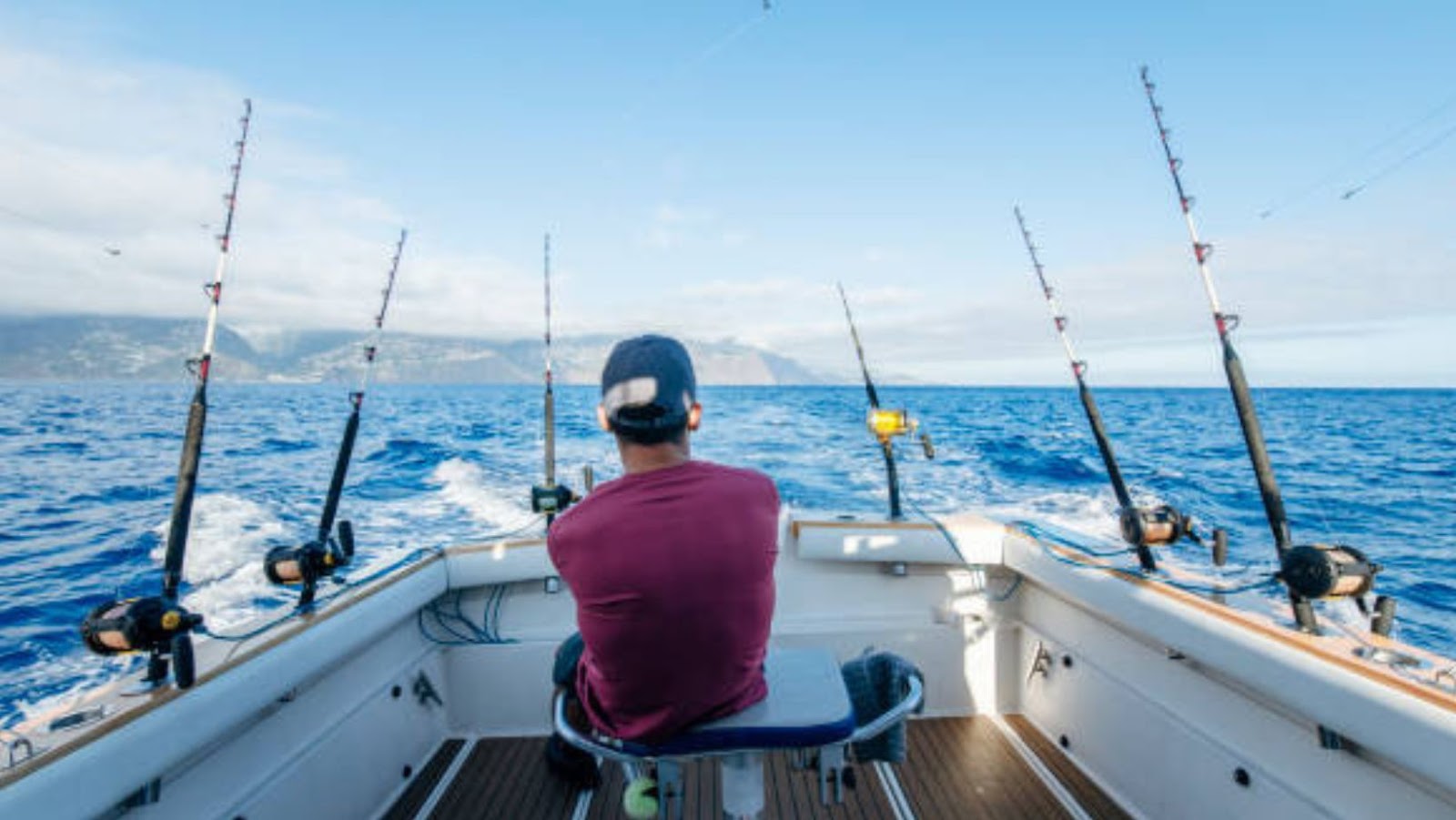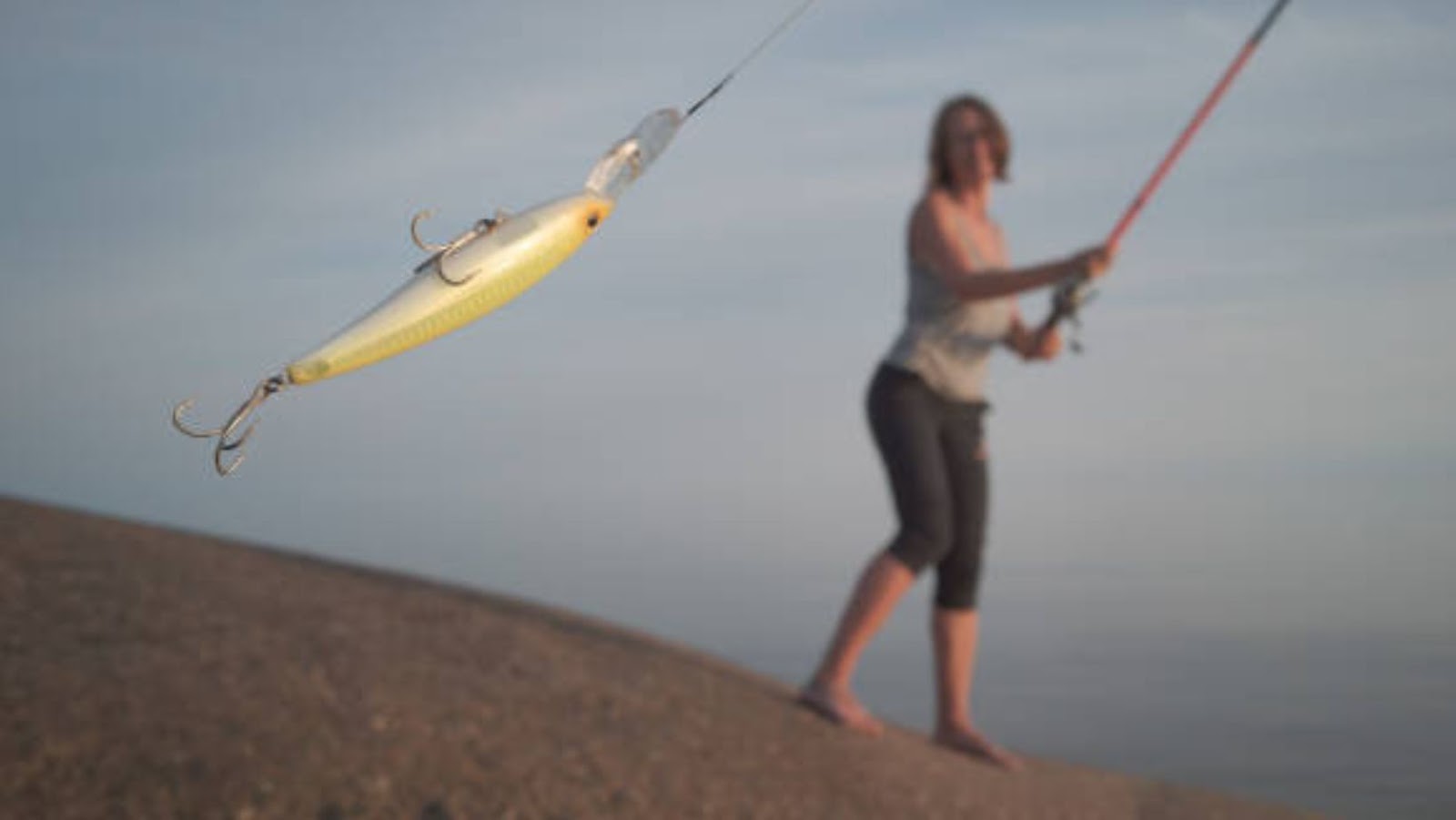When it comes to fishing, the two most popular techniques are tenkara and fly fishing. While they may seem similar, they have distinct differences that set them apart from each other. In this article, I’ll compare tenkara vs fly fishing to help you decide which one is right for you.
First, let’s look at tenkara. This traditional Japanese technique uses a long, flexible rod with a fixed line and a fly. Unlike in fly fishing, there’s no reel to wind and no weighted line to cast. Tenkara focuses on the delicate presentation of the fly, making it an excellent choice for small streams and brooks. It’s also simple and lightweight, making it ideal for backpacking and hiking trips.
On the other hand, fly fishing uses a weighted line to cast the fly. This allows for longer casts and the ability to fish in deeper waters. With fly fishing, you have more versatility with different casting techniques and a larger selection of flies. Fly fishing is typically used in rivers and larger bodies of water and can be more challenging than tenkara.
So, should you choose tenkara or fly fishing? It depends on your preferences and the environment you’ll be fishing in. If you’re looking for a simpler, more traditional approach, tenkara is a great choice. On the other hand, if you’re targeting larger fish and will be fishing in deeper or wider waters, fly fishing may be the better option. Overall, both techniques offer rewarding and enjoyable fishing experiences.
Table of Contents
ToggleTenkara VS Fly Fishing
When it comes to fishing, there are many techniques and methods out there, but two popular ones are tenkara and fly fishing. While both approaches rely on catching fish through the use of artificial flies, they differ in several aspects, including gear, technique, and location.
Gear
One of the most significant differences between tenkara and fly fishing is their gear. Tenkara, a Japanese method of fly fishing, involves using a long, telescopic rod that does not have a reel. The line is attached to the tip of the rod, which allows for easier casting, especially in smaller streams. On the other hand, fly fishing typically uses a rod with a reel, which gives the angler more control over the line. In tenkara, the line is also usually shorter and made of level, non-tapered line.
Technique
Another significant difference between the two is the technique used. Tenkara is known for its simplicity, and it involves using a fixed-length line that is attached to the rod’s tip, making it easier to learn for beginners. It relies on a delicate presentation of the fly and often involves a downstream drift. Fly fishing, in contrast, involves using various casts and techniques to place the fly where the fish are, and the angler must control the line with the reel to keep the fish from breaking it.

Location
Tenkara and fly fishing also differ in where they are best used. Tenkara is ideal for fishing in small streams, mountain streams, and creeks, where the lack of a reel and long rod can be an advantage. Fly fishing is more versatile and can be used in a wide range of water bodies, including rivers, lakes, and saltwater.
While tenkara and fly fishing have their differences, they also share similarities. Both techniques rely on artificial flies, which require knowledge of entomology and the ability to match the hatch. Both also prioritize catch-and-release techniques to protect fish populations.
In summary, when it comes to choosing between tenkara and fly fishing, it ultimately depends on
When it comes to tenkara vs fly fishing, there are distinct differences in the techniques used for each method. While both involve using a rod, line, and fly to catch fish, the way in which these elements are utilized can vary significantly.
First and foremost, tenkara relies on a much simpler setup than traditional fly fishing. The rod itself is typically much longer and lighter, with no reel or moving parts. This means that the line is fixed to the end of the rod, and the angler must rely on their own manipulation of the line to cast and control the fly. In contrast, traditional fly fishing utilizes a reel to store and control the line, which allows for much greater range and accuracy in casting.
Another key difference between the two techniques is the way in which the fly is presented to the fish. Tenkara typically involves a more subtle and natural presentation, as the angler is able to manipulate the line more effectively to mimic the movement of a real insect. Fly fishing, on the other hand, often relies on more complex and varied patterns to entice fish, and may involve multiple casts and retrieves to achieve the desired result.
Despite these differences, there is also some overlap in the techniques used in tenkara vs fly fishing. Both rely heavily on precise casting and proper fly selection, as well as an understanding of the behaviors and tendencies of different types of fish. Both can also be incredibly rewarding and enjoyable for anglers of all skill levels, and offer unique challenges and opportunities for exploration and discovery on the water.
In summary, while there are certainly differences between tenkara and traditional fly fishing, each technique has its own strengths and advantages. As an angler, it’s important to explore and experiment with different techniques to find the approach that works best for you and the fish you’re targeting.
Pros and Cons of Tenkara and Fly Fishing:
Tenkara and Fly fishing are both popular methods of fishing that can be used in various water bodies like streams, rivers, and lakes. While both share similarities and differences, each has its pros and cons.

Pros of Tenkara:
- Tenkara is a simpler method of fishing that requires fewer gear components.
- The absence of a reel makes casting easier for beginners.
- The light rod makes it much easier to feel the fish’s bites and movements.
- Tenkara is an effective method for catching small to medium-sized fish in streams and rivers.
Cons of Tenkara:
- Limited casting range compared to fly fishing.
- Limited line control due to the lack of a reel.
- Not suitable for larger fish species or windy conditions.
Pros of Fly Fishing:
- Fly fishing is versatile and can be used to catch a wide variety of fish species, including large fish.
- The use of a reel allows for greater line control and casting distance.
- Fly fishing is suited for various water currents, including faster-moving water.
- Different types of casting techniques can be applied to fly fishing, depending on the conditions.
Cons of Fly Fishing:
- Fly fishing is more complicated than Tenkara, with more gear components required.
- Fly fishing can be challenging for beginners to learn and requires time and practice to master.
- The use of a reel makes fly fishing heavier and more burdensome on the angler.
- Fly fishing can be more expensive due to the multiple gear components needed.
Deciding on which fishing method to use ultimately depends on the angler’s preference and the water body’s condition. Tenkara is ideal for small fish in streams and rivers, while fly fishing is more versatile and effective in catching various fish species, including large species.





